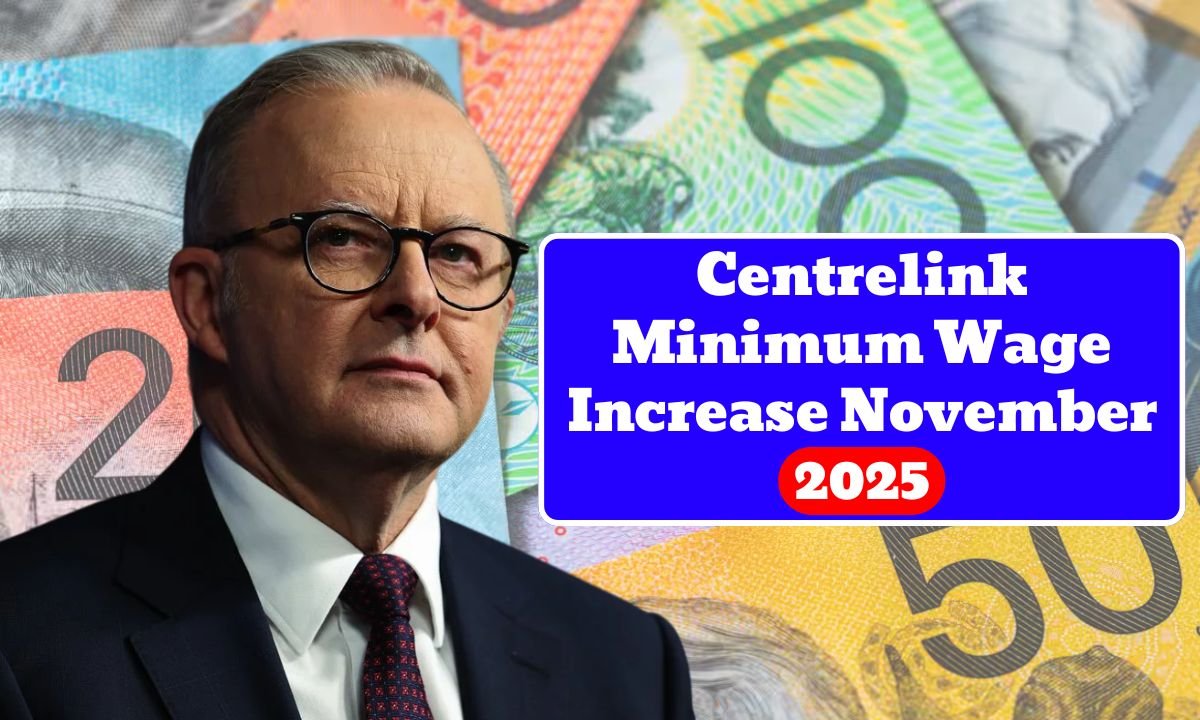The Australian Government has declared that there will be a rise in the minimum wage, which will take place on November 2025. This action was taken to help workers withstand the effects of inflation and high costs of living. The statement also mentioned that this change would be reflected in the payments made by Centrelink, since the welfare thresholds and income tests are being updated according to the new wage levels.
The Reason for the Increase in the Minimum Wage
The Fair Work Commission not only keeps an eye on the inflation rates but also reviews the minimum wage regularly to make it affordable for people. In 2025, prices of some basic items like food, rent, and utilities went up which called for a more significant adjustment. Through the elevation of the minimum wage, the government is not just trying to shield the workers from the erosion of their purchasing power but also cutting down the financial strain on low-income households.
The Effect on Centrelink Payments
The rise in wages has a straightforward influence on the Centrelink benefits. A few payments like JobSeeker, Parenting Payment, and Family Tax Benefit are dependent on income tests. The income limits have been adjusted in a way that no worker is going to be deprived of support due to the higher minimum wage. It thus makes certain that welfare goes on supplementing wages and does not put a penalty on those taking up work.

New Minimum Wage Rates November 2025
The updated wage rates provide a clearer picture of how much workers will earn under the new rules.
| Category | New Rate (from Nov 2025) |
|---|---|
| National Minimum Wage | AUD 25.20 per hour (up from AUD 24.10) |
| Weekly Full-Time Rate | AUD 955.00 for a 38-hour week |
| Casual Loading | 25% additional, raising hourly rate to AUD 31.50 |
Advantages for Workers and Families
As per the new policy the full-time workers at minimum wage will make approximately AUD 50 more a week. For the families, this means more room for them to breathe in terms of payment of bills, buying groceries, and transport. Adding the updated thresholds by Centrelink to it, the adjustment guarantees that the low-income earners will be supported better through both wages and government assistance.
Why This Matters
The Centrelink Minimum Wage Increase November 2025 is nothing but a pay increase. It denotes the unified action of the government to keep wages at a level that does not make it impossible for people to live on them, and to provide the poorest Australians with support through welfare. By bringing the income tests in line with the new wage, the government not only makes the workers’ lives easier but also toughens the social safety net.
Conclusion
The minimum wage rise in November 2025 is a very positive move for the Australian workforce. Workers and families can expect to be more financially stable as a result of this change, which includes increased hourly and weekly rates along with Centrelink’s modified payment thresholds. The government’s dedication to justice, respect, and heightened protection against rising costs of living is evidenced by this change.


